
|
|
ENCYCLOPEDIA OF RADIO ELECTRONICS AND ELECTRICAL ENGINEERING Antenna and ground. Encyclopedia of radio electronics and electrical engineering
Encyclopedia of radio electronics and electrical engineering / Beginner radio amateur The word "antenna" came to us from the Greek language. The Greeks called the antennae the tentacles or antennae of insects. The receiving antenna is also the tentacles with which the receiver captures the energy of radio waves from space. The more power it receives from its antenna, the louder it will work. This is especially necessary for a detector receiver, which operates solely on the energy it receives from the antenna. There are many antenna designs. Most of them are long wires raised high above the ground. Antennas of these types are called outdoor, since they are located outside buildings. The same antennas that are located inside buildings are called indoor or indoor. External antennas are better than internal antennas in terms of receiving properties. You, for the time being, a beginner radio amateur, I recommend building an outdoor antenna. However, ground first. The fact is that under the action of atmospheric discharges in the wire of an external antenna, such significant electric charges can accumulate that they will be felt when touching the wire. By connecting the wire of the future external antenna to the ground, you will thereby divert the charges into the ground. Grounding. Perhaps closer to the window through which you intend to enter the ground wires and antennas, dig a hole so deep that the earth always retains moisture. Put some metal object in the pit, for example, an old but not rusty bucket (Fig. 18, a) or a sheet of galvanized iron (Fig. 18, b) approximately 50 x 100 cm in size, having previously soldered a piece of long wire to them. Carefully cover the metal object with earth so as not to cut the ground wire with a shovel, and tamp the earth well. Attach the ground wire to the wall of the house with staples made from nails or steel wire. If you live in a city, then water pipes, central steam or water heating pipes can serve as grounding, as they have a good connection to the ground. Clean the pipe, as close as possible to the place of installation of the receiver, to a shine with a file. Wrap this section of pipe tightly with the end of the stripped copper wire that will go to the receiver. Reliable contact of the wire with the pipe can also be made using a metal clamp (Fig. 18, c).
outdoor antenna. It is best to build an L-shaped antenna, reminiscent of the appearance of the beech "G" (Fig. 19). Such an antenna consists of a wire 20-40 m long, suspended by means of support-masts at a height of 10-15 m above the ground, and a drop-wire hanging down, the end of which is connected to a radio receiver. That part of the drop that is brought into the house is called the antenna lead.
The longer the horizontal part of the antenna and the higher above the ground it is raised, the better the radio reception. For an antenna, it is best to use an antenna cord - a stranded wire twisted from thin copper wires, or a copper wire 1,5-3 mm thick. In extreme cases, galvanized steel or iron wire of the same thickness can be used. A thinner wire is not suitable: the antenna from it will turn out to be fragile. Aluminum wire is unsuitable for an antenna, as it quickly becomes brittle and breaks in air. Make the horizontal part, lowering and inserting the antenna from a whole piece of wire. If there is no piece of wire of the required length, then the connected sections of the wires should be cleaned to a shine, tightly twisted and be sure to solder the places of twists. When determining the suspension points for the horizontal part of the antenna, consider the possibility of using the roof of your house. It is not recommended to hang the antenna close to the iron roof of the house and above the trees. If there are electric lighting wires nearby, then place the horizontal part of the antenna as perpendicular to them as possible and away from them. Keep in mind: it is strictly forbidden to hang the antenna wire under the electric lighting line, telephone, telegraph and other wires, as well as attach poles to drainpipes, ventilation and chimney pipes, telephone poles, electric lighting poles. For masts installed on the roofs of houses, poles 3-4 m long are needed, with a diameter of 8-10 cm at the base, and 4-5 cm at the top. In rural areas, a tall tree can be used as one of the supports. To the poles, retreating from the tops by 15-20 cm, attach three pieces of steel wire a little longer than the length of the poles, they will be guys. Place a block on top of one of the poles. Pass a strong rope through it, or rather a thin metal cable to lift the horizontal part of the antenna, and later to adjust its tension. Under the masts, it is desirable to make plank supports - platforms with nests for their bases (Fig. 20).
It is more convenient to install masts with two people. One holds the mast in a vertical position, the other fixes its guys on crutches or nails driven into the roof. If the roof is iron, braces can be fixed in the iron closures. Hang the antenna's horizontal beam wire to the masts on two chains of antenna insulators (Fig. 21, c) or porcelain "rollers" (Fig. 21, b) used for room wiring. Each chain must have at least two insulators. Attach one chain to the top of the mast without a block, the second - to the rope (cable) thrown over the block on the second mast. When unwinding the wire, do not let go of the coil from your hands, make sure that loops and kinks do not form on it. That part of the wire that will be lowering, temporarily, until you finish lifting and fixing the horizontal part of the antenna, connect it to ground. If you have to use a separate piece of wire to lower it, be sure to solder the place where it is twisted with a horizontal beam. Strongly pull the wire of the horizontal beam should not be, because during the winter frosts, its length noticeably decreases, the wire is stretched and can break or break the supports. So that the drop does not hang out and does not come into contact with the roof or other parts of the house, fasten a pole or bar with a roller on the wall or on the edge of the roof and tie the drop wire to it.
In the event that you use a tree as one antenna support, tie a pole with a block at the end to its trunk, as shown in fig. 19. Do not fasten the free end of the cable, passed through the block, to the trunk - during the wind, a swaying tree can break the antenna wire. It is necessary to tie some kind of load to it, for example, a stone. By selecting the mass of this load, it is easy to achieve the required tension of the horizontal beam of the antenna. If for some reason you cannot build an L-shaped antenna on two supports, make it in the form of an inclined beam. In this case, you will need one support 10-15 m high. Mount the second end of the wire on an insulator near the window through which you enter the antenna into the house. If the house is high and you live on the first or second floor, a good outdoor antenna can be a wire hanging vertically or at an angle to your window. An outdoor antenna can also be single-masted, for example, of the "panicle" type (Fig. 22). It consists of 40-80 bars of bare wire 1,0-1,5 mm thick and 40-50 cm long. All of them are stripped at one end and tightly tied with the end of the wire intended for lowering. It is desirable to fill the lower part of the "panicle" with molten lead in order to ensure reliable contact between its individual bars. A bundle of rods is inserted into the hole of a large porcelain insulator designed for street wiring (you can use a thick-walled porcelain or glass cup of a suitable diameter), and then fill it with pitch or resin. The free ends of the bars are straightened like a broom. The insulator is attached to the mast with an iron clamp or wire.
Antenna leads to grounding. If you live in a rural area, then for the equipment for inputting an external antenna, in addition to insulating materials, you will also need a lightning switch - a small knife switch with gear plates that form a spark gap (Fig. 23).
Enter the lowering and ground wires into the room through holes drilled in the wall, window frame or non-opening window frame. They were drilled with a slight slope towards the street so that rainwater could not flow into the room through them. Perhaps closer to these holes, strengthen the lightning switch (Fig. 24).
Insert the ground wire without insulating materials, only insert a bushing into the hole from the side of the room so as not to spoil the appearance of the wall. Fasten the antenna input on rollers and, having made a loop at the end, fasten it under the upper clamp of the lightning switch. Nail the grounding lead to the wall with wire staples. At the end of its wire, also make a loop and firmly clamp it under the screw of the lightning switch knife. Next, prepare two pieces of insulated wire of this length to reach your workplace. The wire used for the mains is suitable. Strip the ends of the wires from insulation. Fix one of them under the lower free clamp of the lightning switch, the other - under its upper clamp (to which the antenna input is connected). The opposite ends of these wires will be connected to the receiver. Why do you need a Lightning Switch? To divert to the ground electric charges arising in the outdoor antenna under the influence of various atmospheric phenomena. When the receiver is not in use, the antenna must be grounded - the lightning switch blade is set to the upper position. Before you start listening to radio broadcasts, the lightning switch knife is thrown down, switching the ground to the receiver. If a crack appears in the telephones or the receiver's loudspeaker, which is a sign of an approaching thunderstorm (at this time, the charges from the antenna go into the ground through the spark gap), the reception must be stopped and the antenna grounded. In this case, the receiver stops working, and the strong charges created in the antenna flow through the switch blade into the ground without harming either the receiver or the listener. These precautions are enough to avoid trouble from an outdoor antenna during a thunderstorm. indoor antennas. For a more sensitive receiver than a detector receiver, and sometimes for a detector receiver if the broadcasting station is nearby, an indoor antenna can be used. For its device, you need to screw the porcelain rollers in the corners of the room under the ceiling and pull an insulated or bare wire between them. It can be stretched along one, two, three or all four walls of the room. One end of the wire goes down to the receiver. Such an antenna will be the better, the longer its wire and the higher above the ground the room is.
You can also build a spiral indoor antenna (Fig. 25), which is an insulated or bare wire 10-15 m long, twisted into a spiral on a round blank. The spiral is hung on a cord or nylon line between the walls of the room. A drop to the radio receiver can be made from either end or turn of the helix. Lightning switches for indoor antennas are not needed. It should be noted that in modern houses made of reinforced concrete panels, indoor antennas are ineffective. Publication: N. Bolshakov, rf.atnn.ru
Traffic noise delays the growth of chicks
06.05.2024 Wireless speaker Samsung Music Frame HW-LS60D
06.05.2024 A New Way to Control and Manipulate Optical Signals
05.05.2024
▪ New material accumulates and stores solar energy for decades ▪ Xiaomi gadget for smartphone disinfection ▪ Combat laser of the third generation ▪ Quantum switches controlled by single photons
▪ section of the site Mobile communications. Article selection ▪ Article Distance of huge size. Popular expression ▪ article For which categories of men are special men's bras produced? Detailed answer
Home page | Library | Articles | Website map | Site Reviews www.diagram.com.ua |






 Arabic
Arabic Bengali
Bengali Chinese
Chinese English
English French
French German
German Hebrew
Hebrew Hindi
Hindi Italian
Italian Japanese
Japanese Korean
Korean Malay
Malay Polish
Polish Portuguese
Portuguese Spanish
Spanish Turkish
Turkish Ukrainian
Ukrainian Vietnamese
Vietnamese
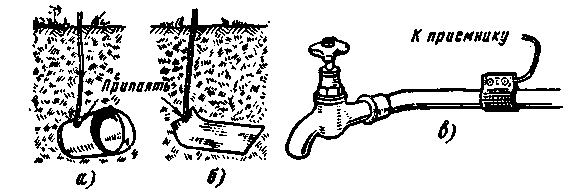
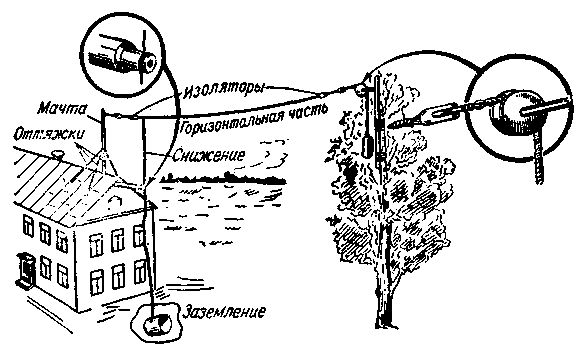
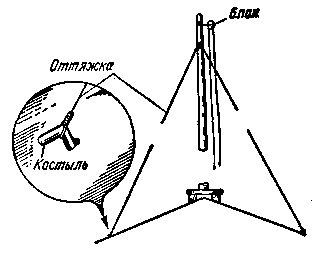
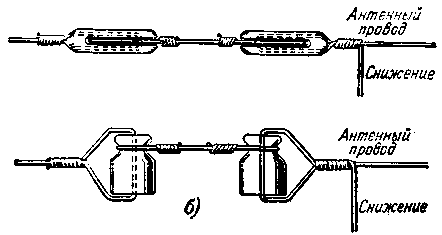
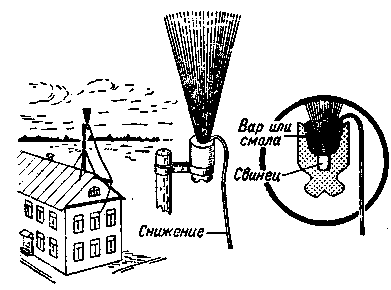
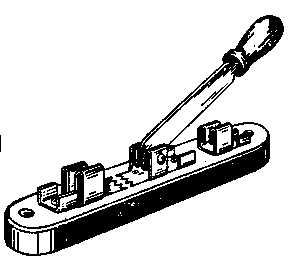
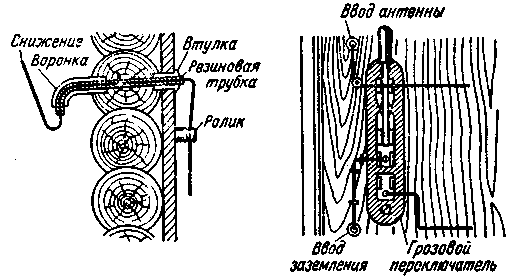

 Leave your comment on this article:
Leave your comment on this article: